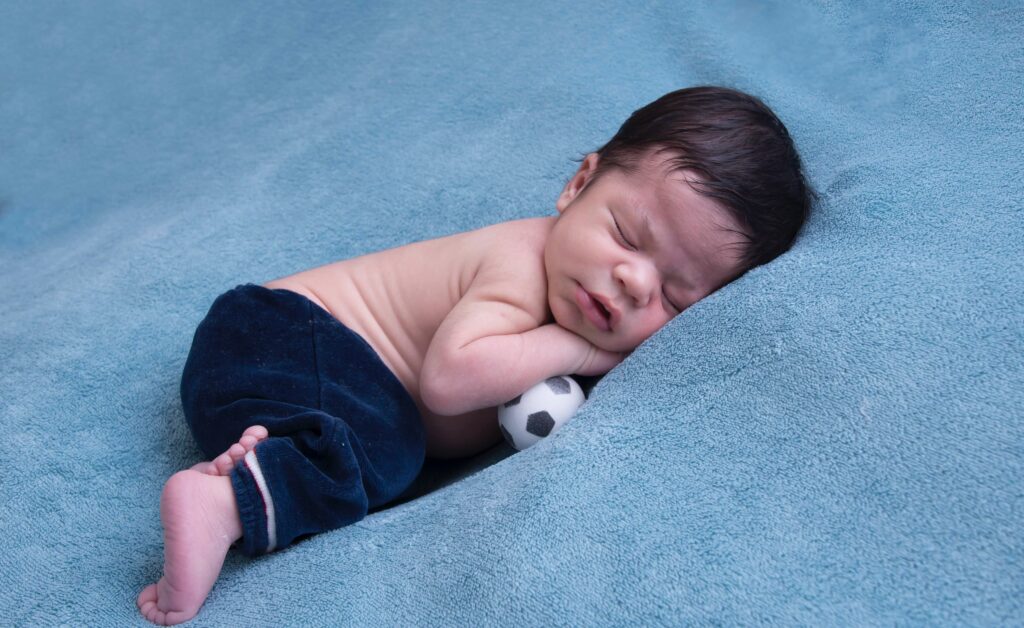Plagiocephaly Physical Therapy Support For Families

An Overview Of Plagiocephaly

Treatment Options For Plagiocephaly

Plagiocephaly FAQ
Plagiocephaly and Flat Head Syndrome are terms that are often used interchangeably, but they refer to slightly different conditions, both of which involve a flattening of the head.
Plagiocephaly is a term that specifically refers to a condition where the head is flattened on one side. This condition often occurs in infants due to pressure on one part of their soft, developing skulls, such as from consistently lying on one side.
Flat Head Syndrome includes plagiocephaly and brachycephaly. Brachycephaly occurs when the back of the head becomes flattened, causing the head to widen and occasionally heighten.
Recurrent plagiocephaly, or the re-occurrence of flat head syndrome after initial improvement or treatment, is a topic that has been less explored in medical literature. However, some factors may potentially increase the risk of recurrent plagiocephaly.
Continued Pressure: Even after corrective measures like repositioning or helmet therapy, continued pressure on the same area of the head could potentially lead to recurrent plagiocephaly. This could occur if an infant continues to favor one side while sleeping or during prolonged periods of rest.
Torticollis: This condition, which involves tightness in a neck muscle leading to a tilt or turn of the head, can increase the risk of plagiocephaly recurrence. Infants with torticollis may have a harder time changing head position, leading to sustained pressure on one area of the skull.
Keeping a baby comfortable during plagiocephaly treatment involves several steps and strategies. Here are some suggestions based on the search results:
Change Your Baby’s Head Position While They Sleep: Gently move your baby’s head to the side they don’t usually favor while they’re asleep. This can help reduce pressure on the flattened part of their skull.
Avoid Using Anything to Hold the Baby’s Head in Place: This could block the face and make breathing difficult. Instead, try to encourage your baby to turn their head naturally.
Carry or Hold Your Baby in Different Ways: This can also help to avoid pressure on the flattened areas of their skull. A wearable baby carrier can be useful for this.
Switch Positions While Sleeping: If your baby has a flatter head on one side or the other, switching positions while they sleep can help.
Give Babies Tummy Time and Alternate Head Positioning: These are preventative measures that can also help in treatment by strengthening neck muscles and relieving pressure on the back of the head.
Repositioning During Sleep: Roll up a small blanket or towel and place it under the mattress (not in the crib) to encourage your baby to turn their head to the less favored side.
Helmet Wear: If your baby is prescribed a cranial helmet for treatment, ensure it’s fitting properly and not causing discomfort. Regular cleaning of the helmet can also help prevent skin irritation.
Remember, each baby is unique, so what works best will depend on the baby’s individual needs and responses to these techniques. Always consult with a healthcare provider for personalized advice and treatment plans.
